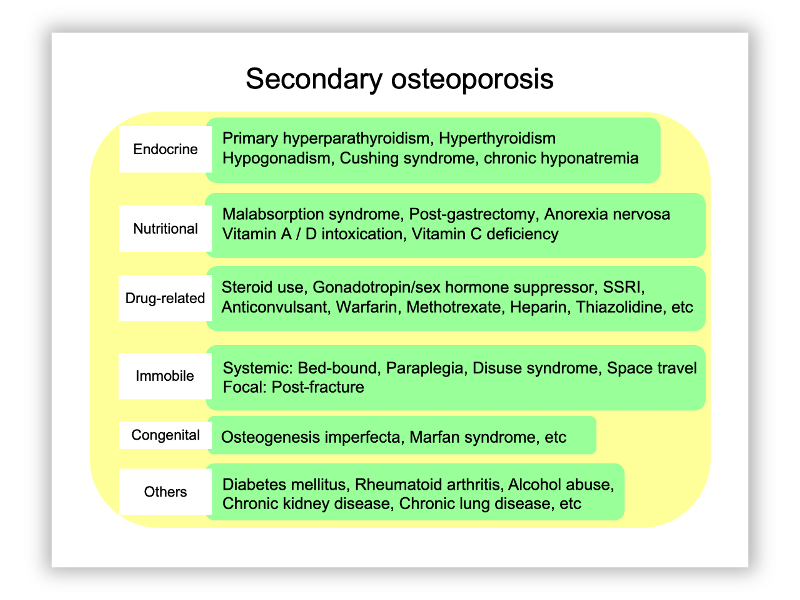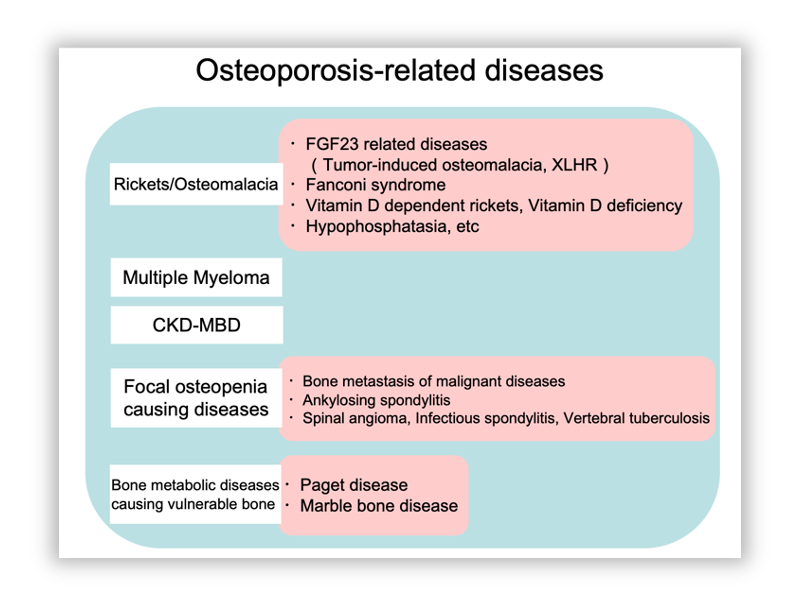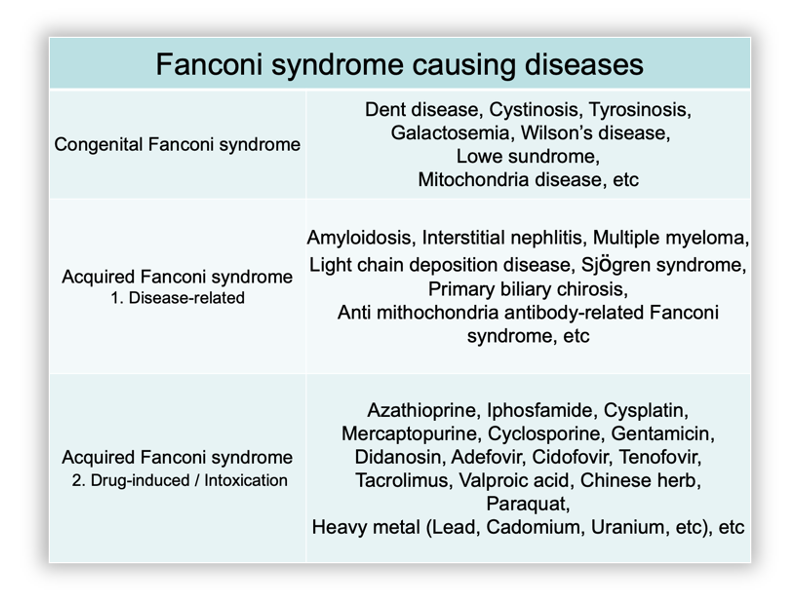Primary & secondary osteoporosis & osteoporosis-related diseases
Osteoporosis
In Tokyo University hospital, we are dealing with any kind of diseases with deranged endocrine system (hypothalamus, pituitary, thyroid, parathyroid, adrenal gland, gonad). Among these diseases, we are specialized in examining and treating the patient with disorder in bone and mineral metabolism, including osteoporosis, parathyroid disease, rickets, osteomalacia, hypercalcemia associated with malignancy.
Considering the risk of fracture and aftermath like being bed-bound, the diagnosis and treatment of osteoporosis are almost equally important as the diagnosis and treatment of hypertension, dyslipidemia and diabetes which could cause coronary disease and cerebral infarction in terms of preventive medicine.
Formerly, daily vitamin D, bisphosphonate and selective estrogen receptor modulator (SERM) are the only accessible treatment methods for osteoporosis. However recently, there are bisphosphonate drugs with diverse duration of activity like once a week, or once a month or even once a year. Also, a different type of vitamin D analogue is now in the market, which is more effective for the oeteoporosis treatment.
Furthermore, there are novel reagent for the osteoporosis treatment in the market with whole new mechanisms like recombinant PTH and anti RNAKL antibody. Owing to these variety of anti-osteoporotic reagents, nowadays osteoporotic patients can choose the more suitable treatment option for their pathological condition or activity of daily life or lifestyle.
Even now, the new drugs with novel concept including anti Sclerostin antibody which promotes the differentiation of osteoblast/osteocyte, and PTHrP analog are under clinical trials.
Therefore, for osteoporosis patients, so-called tailor-made medicine is going to be more and more practicable.
There is other entity of the cause of osteoporosis than typical postmenopausal or senile osteoporosis; primary osteoporosis, such as secondary osteoporosis due to endocrine diseases or drug-induced osteoporosis (Table. 2). In the case with these secondary osteoporosis, the primary disease should be treated properly, which could also cause the improvement of decreased bone mineral density. Additionally, some severe diseases like rickets/osteomalacia with different causes, bone metastasis of malignant tumors and multiple myeloma could also develop osteoporosis, which are known as osteoporosis-related diseases (Table. 3, 4). The diagnosis of these diseases should be properly done, as other types of treatmnts for osteoporosis are necessary for these cases.
In our hospital, screening examination and treatment for secondary osteoporosis/osteopenia is practiced comprehensively and systematically. If there is treatment-resistant osteoporotic patient or osteoporotic patient with uncommon age or gender, please consider referral of the patient to our hospital.



